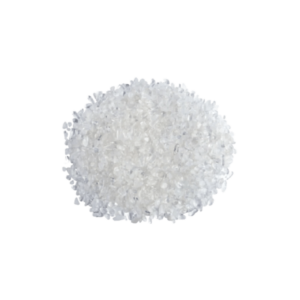MXP (Methoxphenidine)
MXP (Methoxphenidine): Bulk Industrial-Grade Supply for Manufacturers and Research
MXP (Methoxphenidine) is a high-value arylcyclohexylamine compound, widely used in industrial chemical synthesis, pharmaceutical research, and analytical applications. At https://realchemstore.org/ , we provide high-purity, industrial-grade MXP in bulk quantities to meet the demands of manufacturers, research labs, and engineering firms requiring consistent quality and reliable supply.
What Does the MXP Category Include?
This category features:
- Pure MXP (Methoxphenidine) in multiple grades and purities
- Related arylcyclohexylamine derivatives for comparative research or synthesis
- Essential solvents and reagents for safe handling, formulation, and storage
Key Types of Chemicals in This Category
- MXP (Methoxphenidine): The core compound, available in bulk for industrial and research use.
- Other Arylcyclohexylamines: Analogues like MXE, MXiPr, and 3-MeO-PCP for synthesis or as reference materials.
- Supporting Chemicals: High-purity solvents such as acetonitrile and methanol for processing and quality assurance.
Major Applications of MXP
- Pharmaceutical Research: Used as an intermediate in the synthesis of novel compounds and for analytical studies.
- Chemical Manufacturing: Essential in the production of specialty chemicals and advanced materials.
- Analytical Laboratories: Employed as a reference standard and for method development in chemical analysis.
- Material Science: Sometimes used in experimental polymers and material research.
Why Industrial Buyers, Manufacturers, and Engineers Use MXP
- Consistent High Purity: Ensures reliable results in industrial processes and research applications.
- Bulk Availability: Supports uninterrupted production and large-scale research projects.
- Regulatory Documentation: Full documentation (COA, SDS) for compliance and traceability.
Examples of Chemicals in This Category & Industrial Uses
- MXP: Utilized in pharmaceutical synthesis, analytical research, and as a control in chemical studies.
- MXE, MXiPr, 3-MeO-PCP: Used for comparative research, synthesis, and as intermediates in manufacturing.
- Solvents: Required for extraction, purification, and safe storage of arylcyclohexylamine compounds.
Packaging Options
At https://realchemstore.org/ , MXP is available in:
- Industrial-grade HDPE drums (5 kg, 25 kg, 50 kg)
- Sealed glass containers for laboratory-scale batches
- Custom bulk packaging for high-volume requirements
Handling Advice
- Handle MXP in controlled environments using appropriate PPE (gloves, goggles, lab coats).
- Store in cool, dry, ventilated areas, away from incompatible substances.
- Follow all local and international regulations for storage, transport, and disposal.
Why Source MXP from https://realchemstore.org/
- Verified Purity & Documentation: Every batch is tested and supplied with COA and SDS.
- Bulk Order Reliability: Dependable supply chain and timely delivery for industrial clients.
- Expert Technical Support: Guidance on handling, compliance, and best practices for industrial use.
- Global Shipping: Serving the US, UK, Australia, Canada, Europe, Asia, and beyond.
For all your industrial MXP needs, trust https://realchemstore.org/ for quality, compliance, and reliable bulk supply.
Showing the single result

